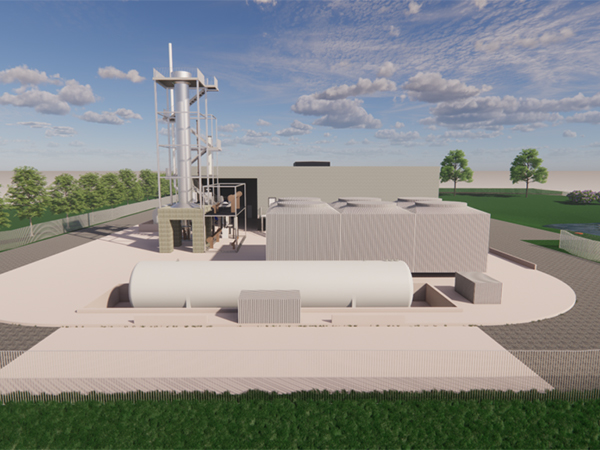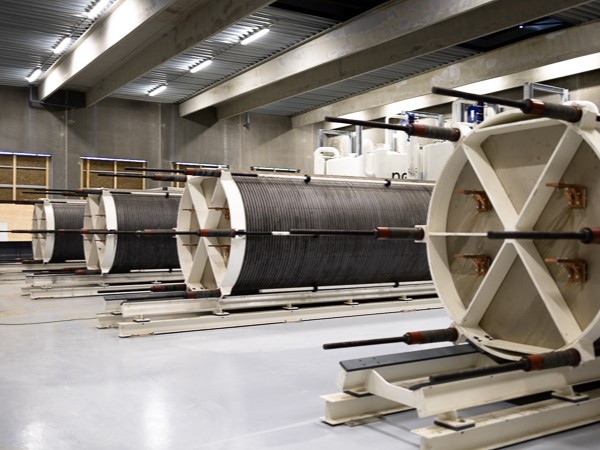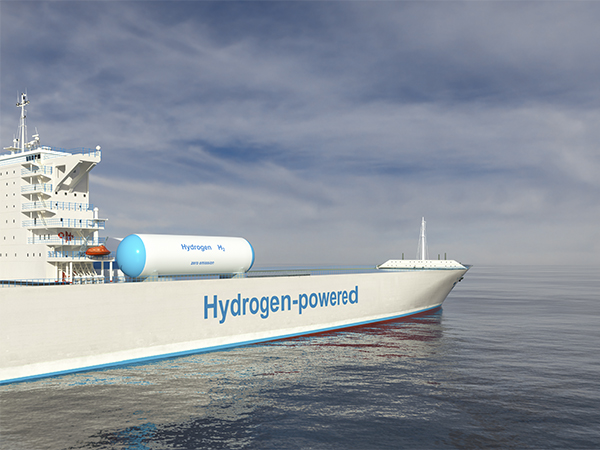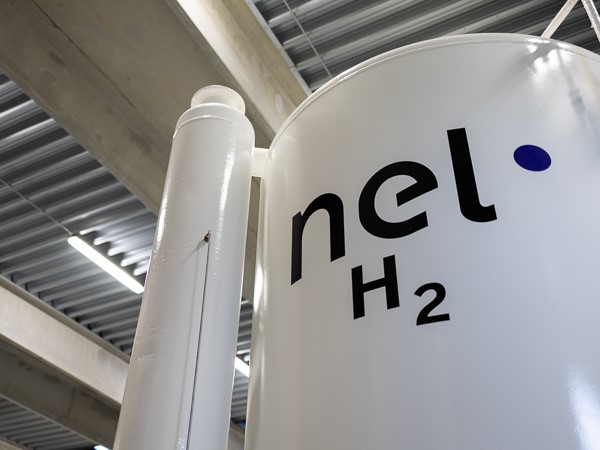Green Ammonia Power to X
Renewable energy sources such as solar and wind power have gained significant traction due to their potential to reduce our reliance on fossil fuels and lower greenhouse gas emissions. However, their widespread adoption faces a notable hurdle: intermittency.

Danish ammonia plant is the first in the world. Photo Skovgaard Energy
Intermittency refers to the unpredictable and uncontrollable nature of solar and wind power. Solar power generation depends on sunlight, which isn't available during the night or under heavy cloud cover. Similarly, wind power generation hinges on wind speeds, which can fluctuate wildly from moment to moment. This inconsistency in power generation creates a significant challenge for the seamless integration of these renewable energy sources into our power grids.
Power to X
Power-to-X (PtX) is a collective term for a set of technologies that convert electricity into various forms of energy, including gas, heat, and liquid fuels. This technology is particularly useful for tapping into the excess energy produced by wind and solar power plants, which is otherwise wasted. PtX provides a solution to one of the biggest challenges in renewable energy: dealing with the intermittent nature of wind and solar resources.
Watch this video made by the Technical University of Denmark (DTU) to learn more about Power-to-X.
How to produce Green Ammonia
The need for constant electricity supply necessitates the development and implementation of effective energy storage solutions or backup power sources. Batteries have been one solution, but they come with their own sets of challenges, including high costs, limited lifespan, and environmental concerns related to their production and disposal of e.g. lithium. This is where green ammonia comes into play as a promising solution to the intermittency problem.

Nel hydrogen PtX ammonia plant installed by AS SCAN
Green ammonia refers to ammonia that is produced through a method that emits zero carbon emissions. The process of creating ammonia begins with electrolysis, a method that uses electricity to split water into hydrogen and oxygen. The resulting hydrogen is then combined with nitrogen from the air to produce ammonia. The beauty of this process lies in its carbon neutrality. If the electricity used in the electrolysis process comes from renewable sources such as wind or solar power, the resulting ammonia is entirely carbon-neutral. This method contrasts with the traditional method of producing ammonia, which involves the use of natural gas and results in significant carbon emissions.
Benefits of Ammonia
Green ammonia has several properties that make it an attractive solution for the energy storage problem. Firstly, it is an excellent carrier of hydrogen—a crucial element in fuel cell technology. Secondly, it can be easily stored and transported using existing infrastructures, unlike hydrogen, which requires specialized and costly storage and transportation methods.
Moreover, green ammonia can be used directly as a fuel source in certain applications, such as in power plants for electricity generation, without releasing any carbon emissions. This feature paves the way for green ammonia to not only serve as an energy storage solution but also as a carbon-free fuel alternative.
Replacing Fossil Fuels
The potential of PtX technology extends beyond just harnessing surplus energy. It paves the way for a complete shift away from fossil fuels. The carbon-neutral ammonia produced through PtX can be used as a green fuel source, replacing coal, oil, and gas.
Ammonia is a high-density energy carrier, meaning it can efficiently store and transport energy. Unlike fossil fuels, it does not produce carbon emissions when burned. This makes it a promising alternative to traditional fossil fuels in various sectors, including electricity generation, heating, and transportation.

Commercial vessel powered by hydrogen
Moreover, existing infrastructure can be adapted to handle ammonia, making the transition to this green fuel economically feasible and less disruptive.
Green Ammonia Revolution Begins on the West Coast of Denmark.
Skovgaard Energy is set to build the first dynamic Power-to-X (PtX) facility in Ramme, western Jutland, Denmark. They have commissioned Nel to supply the alkaline electrolyser technology for a Danish-government-funded pilot project. Topsoe is the ammonia-technology provider, with six wind turbines from Vestas and a 50-megawatt solar park delivers the energy that is transformed into liquid green ammonia.
As site manager and responsible for assembling the facility, AS SCAN has a significant role in this exciting PtX project. A visionary project powered by wind turbines and a solar park which will produce green ammonia.

Hydrogen tank as a vital part of the power-to-ammonia plant
By 2024, it aims to yield 5,000 tons of green ammonia annually, reducing CO2 emissions by 8,200 tons. This marks the start of Denmark's journey to lead in PtX technology, contributing to Danish and European climate goals.
Summary
Renewable energy sources are essential for a sustainable future, but their intermittent nature poses a significant challenge. Power-to-X technologies, particularly green ammonia, present a promising solution to this issue. Green ammonia, produced through a carbon-neutral process, serves as both an efficient energy storage medium and a viable, carbon-free fuel alternative. Its production and use align with the global shift towards cleaner energy sources. The project by Skovgaard Energy in Denmark, which aims to produce green ammonia using wind and solar power, exemplifies the potential of this technology. By 2024, it is expected to significantly reduce CO2 emissions, marking a significant step towards achieving Danish and European climate goals. This initiative underlines the potential of green ammonia and similar technologies to transform our energy systems, reduce our reliance on fossil fuels, and mitigate the impacts of climate change.

